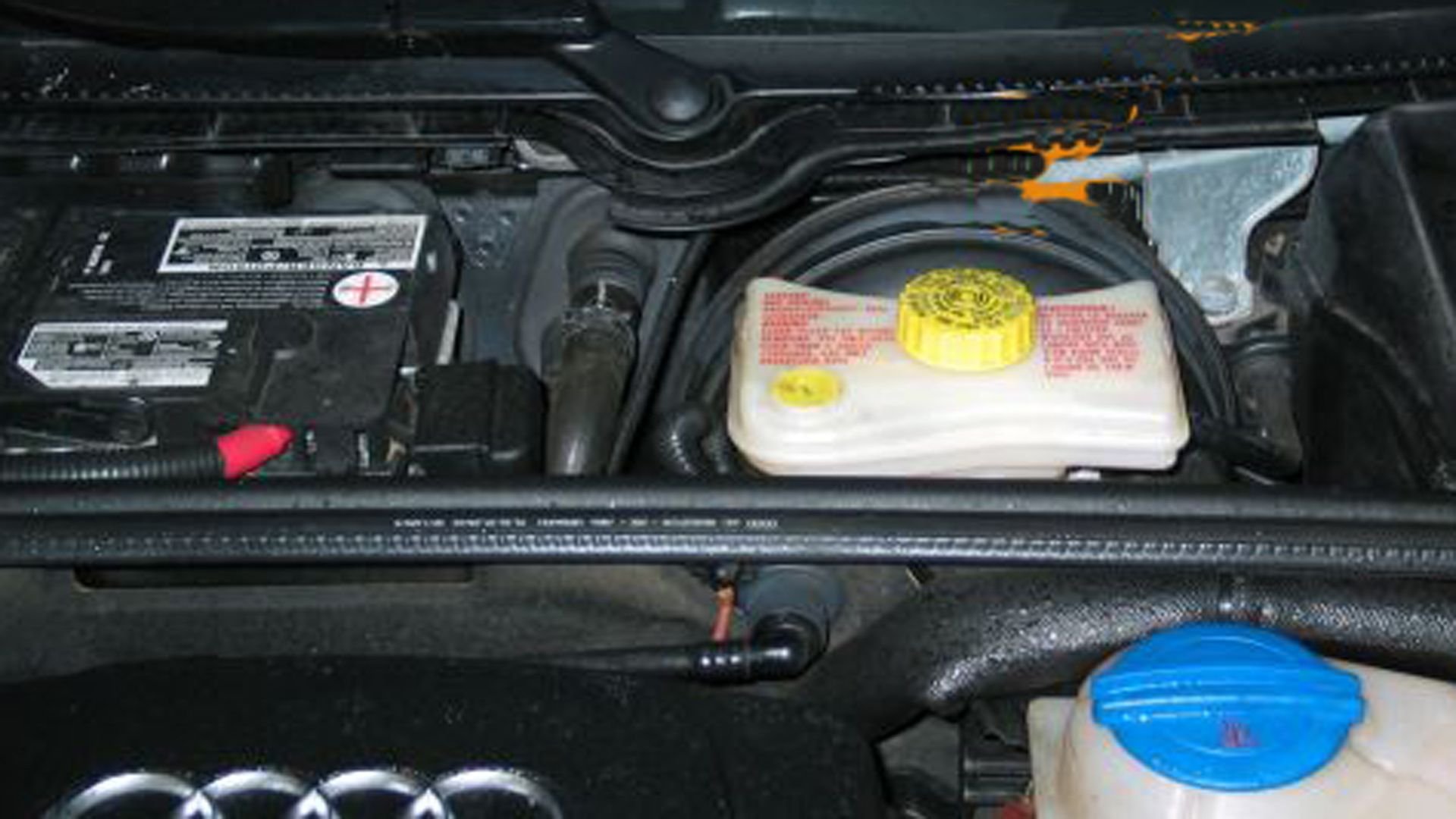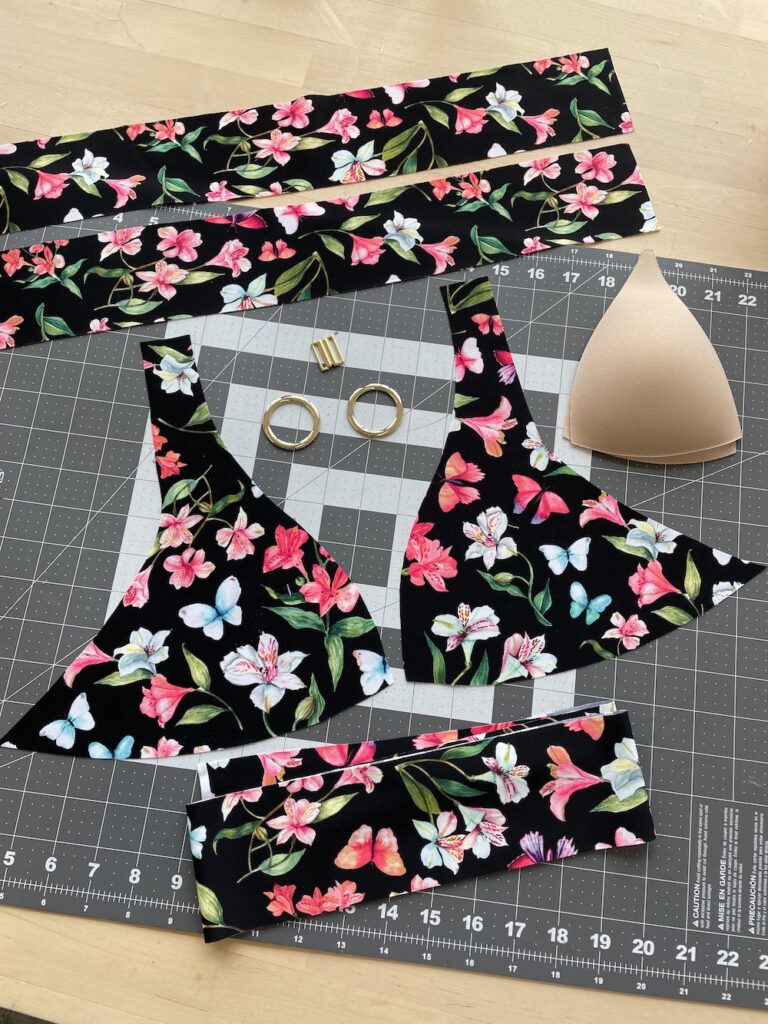Whether you’re restoring a classic car or building a custom machine from scratch, numerous decisions will come up that will require serious consideration. Among them is the choice of which type of tubing to use for brake and fuel...
Whether you’re restoring a classic car or building a custom machine from scratch, numerous decisions will come up that will require serious consideration. Among them is the choice of which type of tubing to use for brake and fuel lines. It’s a choice that influences not only the vehicle’s safety and performance, but also its aesthetics. In this guide, we’ll discuss the pros and cons of three commonly used types of metal tubing — steel, stainless steel, and copper — to ensure your project stands the test of time.
Steel
Steel tubing is the default material for most OEM brake and fuel lines. It’s inexpensive, easy to form, and durable – to a point. Rust is inevitable, however, so decide if it’s the right choice for your particular job.
Advantages
Disadvantages
Corrosion: Steel is susceptible to corrosion, especially when exposed to moisture and road salt. Regular maintenance and protective coatings may be necessary to prevent rust. Steel is the most common brake line material due to its ease pf use and low cost
Steel is the most common brake line material due to its ease pf use and low cost
Stainless Steel
Stainless steel is often a considered a more durable alternative to regular steel. It does come at a cost, however, and can be a little more difficult to work with if you don’t have the right tools.
Advantages
Corrosion Resistance – Stainless steel is highly resistant to corrosion, making it an excellent choice for applications where exposure to moisture and corrosive substances is a concern. Strength – Stainless steel offers good strength for both brake and fuel line applications. Aesthetics – Stainless steel has a naturally brighter appearance than regular steel and can be polished for a more stylish look, especially on street rods and show vehicles where it’s more visible.Disadvantages
Cost – Stainless steel tubing is generally more expensive than regular steel. Hard to form – Because it’s less malleable than standard steel, stainless steel can be harder to cut, unroll, flatten, and straighten. It is more difficult to form tight radius bends with stainless as well, and it requires more effort to create consistent line flares with certain hand flaring tools and may require professional-grade flaring equipment. Stainless steel (left) and copper (right) polish up more readily than standard steel (center)
Stainless steel (left) and copper (right) polish up more readily than standard steel (center)
Copper Alloy
Depending on your vehicle, copper tubing (a copper-nickel alloy, actually) may have actually been the original equipment line material instead of steel. Many antique vehicles used brass and copper components throughout, lending them a distinct look that may be desirable.
Advantages
Malleability – Copper is highly malleable and easy to bend, making it convenient for intricate routing of brake lines. Corrosion Resistance – Copper has natural corrosion resistance, though not as robust as stainless steel. Copper corrosion typically appears in the form of a green patina, which may be desirable for some application but not all. Copper can also be polished to a beautiful finish to amazing effect on some vehicles. Thermal Conductivity – Copper has good thermal conductivity, which can be beneficial for dissipating heat generated during braking.Disadvantages
Strength – Copper is softer than steel and stainless steel, making it less suitable for high-pressure applications without thicker walls. It is also more susceptible to kinking or flattening if care isn’t taken when bending it. Cost – Copper tubing is generally more expensive than regular steel but may be less expensive than stainless steel. Aging – Over time, copper can develop a patina, which may affect its appearance. Additionally, copper may become brittle with age and usage. More effort will be required to cut and form stainless steel (right) than either plain steel (center) or copper (left)
More effort will be required to cut and form stainless steel (right) than either plain steel (center) or copper (left)The post Selecting the Right Metal Tubing for Your Brake and Fuel Lines first appeared on The Garage™.














